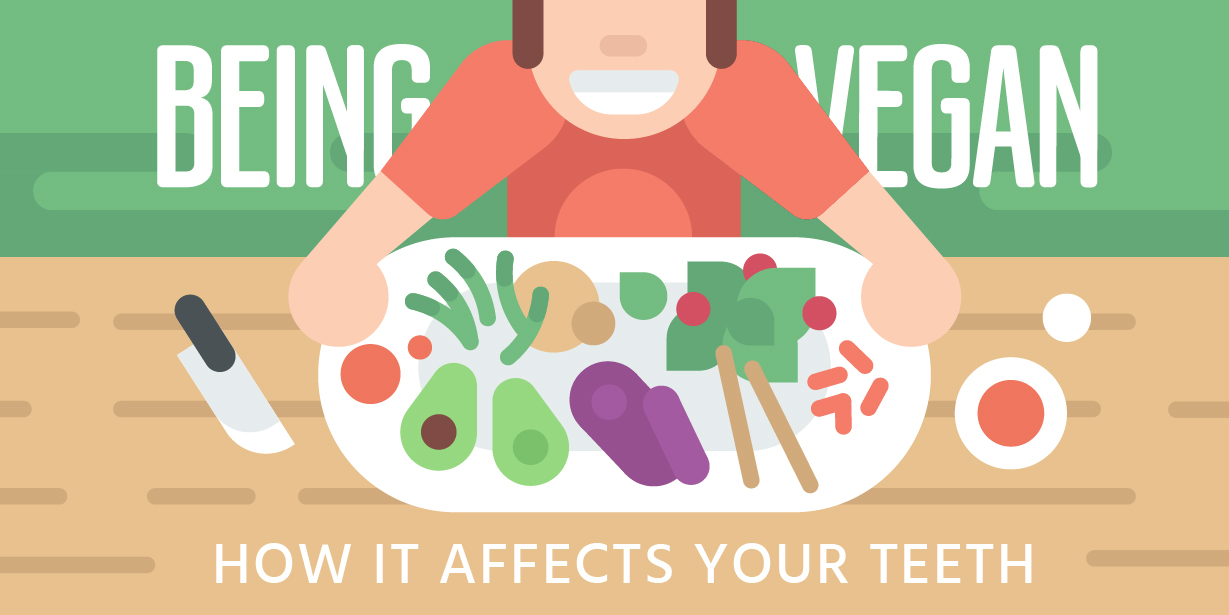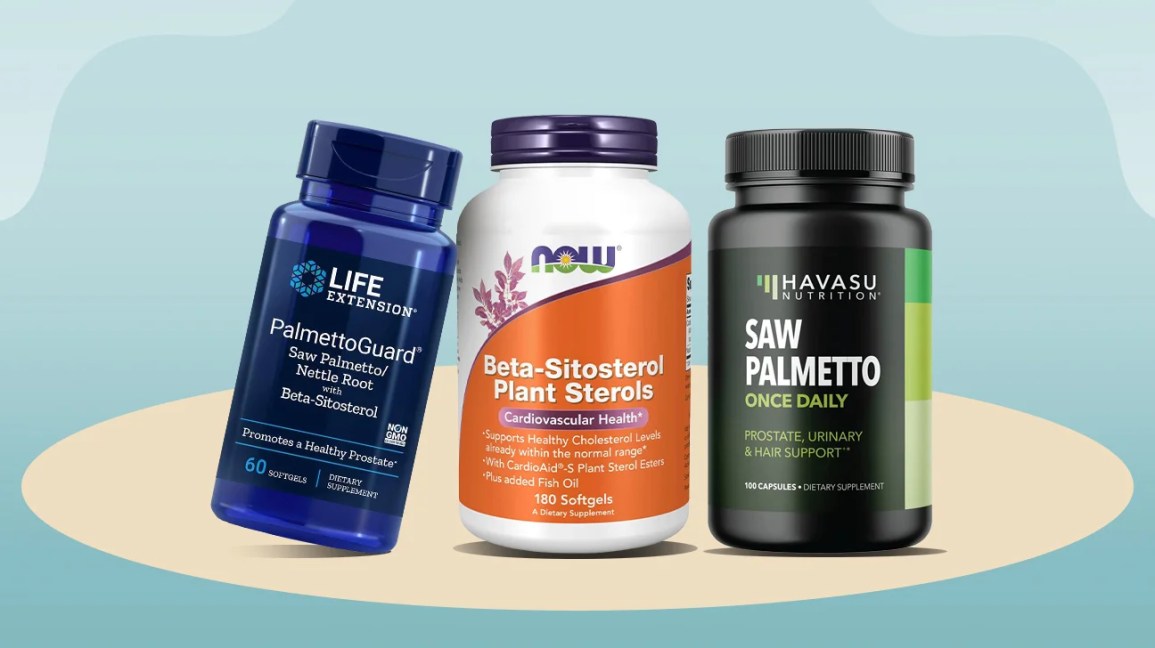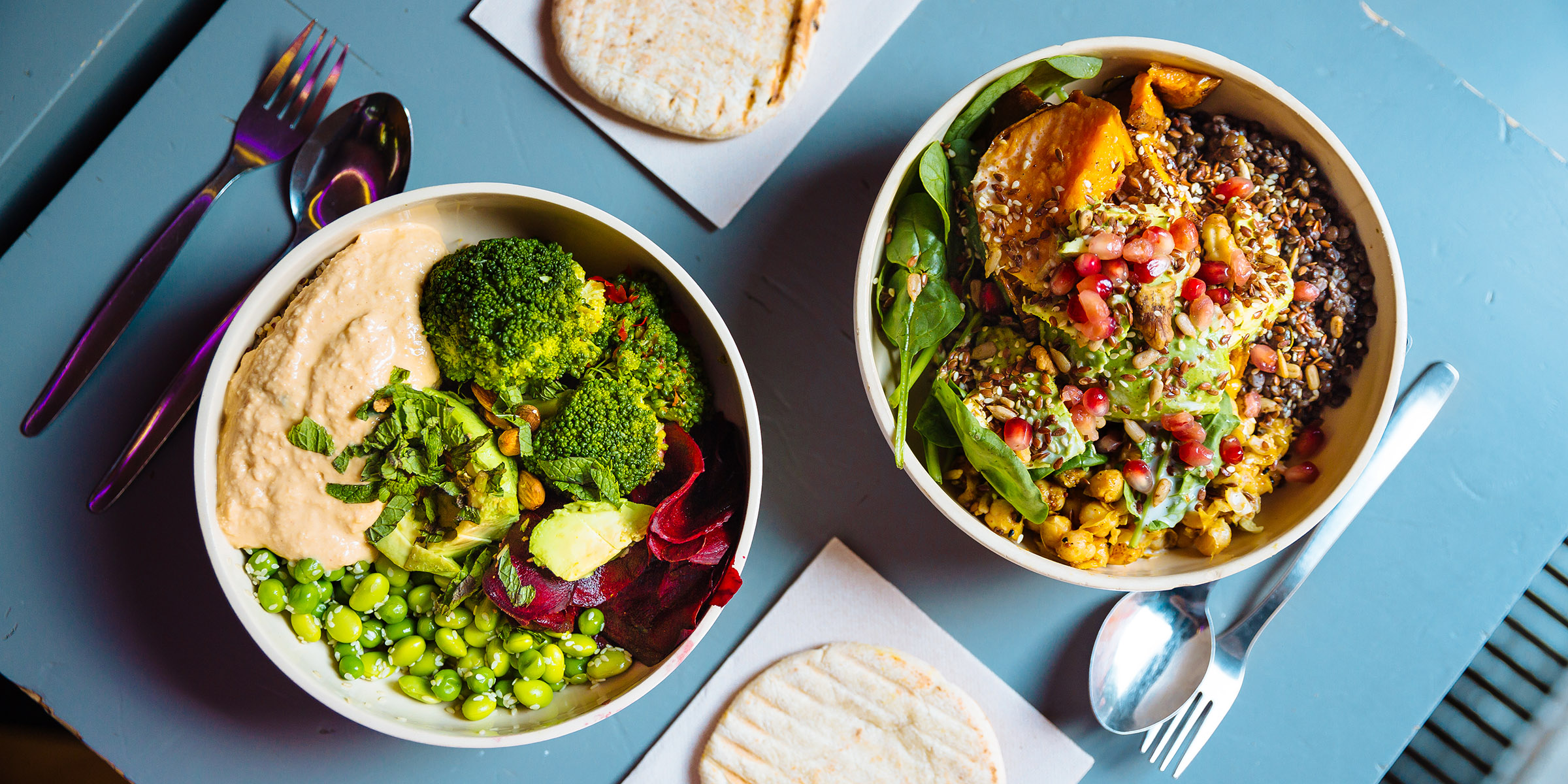
Vegan dips are the best choice for healthy snacks, light meals, and treats for parties. They are high in protein, free from dairy, gluten, soy, eggs, and animal flesh. They're also easy to make and pack easily, making them a great option for potlucks and parties. There are many vegan dip options, and even store-bought options available for quick snacks.
Vegan guacamole is a great way to enjoy avocados with tortilla chips. It's creamy and studded in tomatoes and cilantro. It can also go well with pita bread or wraps. For an oil-free version, tahini can be substituted for cashew butter. The recipe can also be made with cultured coconut yogurt.
A perfect fall recipe is sweet potato hummus. This dip can be made with just a few ingredients. It's a great addition to your fall party menu, and you can even add canned pumpkin to the recipe for added sweetness. This is a great way for you to use all the pumpkin that you had from Halloween. You can even add some spicy heat to it.

You can make vegan pesto if you are looking for a healthier option to salsa. It's delicious and healthy, and you can make it in under 15 minutes. It's also completely nut-free, making it an excellent choice for your Super Bowl party.
Vegan guacamole can be made in a matter of minutes and is great on tortilla chips, wraps, and even sandwiches. You can also enjoy it with crackers. Alternatives to tahini include cashew or cultured yogurt. You can add herbs and other spices to the dip such as basil.
Vegan baba ganoush is creamy, delicious, and very easy to make. This dip has vegan sourcream, caramelized shallots, and vegan butter. You can serve it on wraps, pita bread, or in sandwiches. It can be used to dip vegetables.
Vegan 7-Layer Dip is another excellent option. It's high in protein, fiber, as well as flavor. You can also add vegan store-bought toppings for a delicious, easy, and healthy recipe. It can be served with chips, crackers, and vegetables. The vegan version looks great in a bowl, and is great for parties. You can either serve it immediately or let it cool in the refrigerator before serving. You can also add fresh lime juice to the dip for a tangy flavor.

Vegan pesto sauce also works well as a dip. It is rich in flavor and creamy, as well as oil-free. Pine nuts can be added to the dip to add a savory flavour, or pistachios if you prefer a more nutty flavor. You can make this in just a few minutes if you have a food processor.
A spicy tomato and eggplant dip is another alternative to a vegan dip. It is perfect for parties or dinner parties. You can even add shredded jackfruit to it to act as meat. It is healthy and contains the perfect amount of heat and sweetness.
FAQ
What is the difference of a virus from a bacteria?
A virus, a microscopic organism that can not reproduce outside of its host cells, is called a virus. A bacterium can be described as a single-celled organism which reproduces by splitting in two. Viruses measure only 20 nanometers in diameter, but bacteria is up to 1 millimeter in size.
Viruses are spread via contact with infected bodily liquids such as urine, saliva, semen and vaginal secretions. Bacteria can easily be spread from direct contact to contaminated objects and surfaces.
Viruses can get into our bodies through cuts and scrapes on the skin, bites or other injuries. They can also enter the body through the nose and mouth, eyes, ears or rectum.
Bacteria can enter the body through cuts, scrapes burns and other injuries to the skin. They may also come into our bodies through food, water, air, soil, dust, or animals.
Both bacteria and viruses can cause illness. But viruses do not have the ability to multiply within their hosts. So they only cause illnesses when they infect living cells.
Bacteria may spread to other people and cause sickness. They can spread to other parts of our bodies. Antibiotics are needed to eliminate them.
These are five tips to help you lead a healthy lifestyle.
Are there 5 ways to have a healthy lifestyle?
Healthy living means eating right, exercising regularly and getting enough sleep. It also involves managing stress and having fun. You should avoid processed foods, sugar, or unhealthy fats. Exercise burns calories and strengthens the muscles. Good sleep habits can help improve memory and concentration. Stress management can reduce anxiety and depression. Fun is the key to keeping us healthy and happy.
Which lifestyle is best for your health?
Living a healthy lifestyle is one that encourages you to eat well, exercise regularly, get enough sleep, and avoids stress. You can live a long and healthy lifestyle if these guidelines are followed.
Starting small can make a big difference in your diet, and even your exercise routine. You can lose weight by walking 30 minutes each day if you are looking to lose weight. For more activity, you can try swimming or dancing. You can also sign up for an online fitness program like Strava or Fitbit to track your activity.
How to measure body weight?
A Body Fat Analyzer can be used to measure body fat. These devices measure the body fat percentage in people who wish to lose weight.
How can I control my blood pressure?
The first thing you need to do is find out what causes high blood pressure. You must then take steps towards reducing the problem. You can do this by eating less salt, losing weight, or taking medication.
Also, make sure to get enough exercise. If you don't have time for regular exercise, then try walking as often as possible.
If you are unhappy about how much exercise you do, you might consider joining a fitness club. You will likely want to join an exercise group that shares your goals. It is much easier to stick with a exercise program if there are others who will be watching you at the club.
Statistics
- The Dietary Guidelines for Americans recommend keeping added sugar intake below 10% of your daily calorie intake, while the World Health Organization recommends slashing added sugars to 5% or less of your daily calories for optimal health (59Trusted (healthline.com)
- WHO recommends consuming less than 5% of total energy intake for additional health benefits. (who.int)
- WHO recommends reducing saturated fats to less than 10% of total energy intake; reducing trans-fats to less than 1% of total energy intake; and replacing both saturated fats and trans-fats to unsaturated fats. (who.int)
- According to the 2020 Dietary Guidelines for Americans, a balanced diet high in fruits and vegetables, lean protein, low-fat dairy and whole grains is needed for optimal energy. (mayoclinichealthsystem.org)
External Links
How To
What does the meaning of "vitamin?"
Vitamins are organic substances found naturally in food. Vitamins aid us in absorbing nutrients from the food we eat. Vitamins cannot come from the body so food must provide them.
There are two types of vitamins: water soluble and fat soluble. Water-soluble vitamins dissolve quickly in water. Vitamin C,B1(thiamine), B2 (2riboflavin), and B3 (3niacin), as well as vitamin C,B1, B2 (riboflavin), and B3 (niacin), vitamin B6 (pyridoxine), vitamin folic acid (biotin), pantothenic, and choline are examples. The liver and fatty tissues are home to fat-soluble vitamins. Vitamin D, E, K and A are some examples.
Vitamins are classified according their biological activity. There are eight main types of vitamins:
-
A – Essential for normal growth, and the maintenance of good health.
-
C - important for proper nerve function and energy production.
-
D – Essential for healthy teeth, bones and joints
-
E - needed for good vision and reproduction.
-
K – Required for healthy muscles & nerves.
-
P - Vital for strong bones and teeth.
-
Q – aids digestion and absorption.
-
R - Required for red blood cell production
The recommended daily allowance (RDA), for vitamins, varies based on gender, age, and physical condition. The U.S. Food and Drug Administration, (FDA), sets the RDA value.
For adults aged 19 or older, the RDA of vitamin A is 400mg per day. For fetal development, pregnant women require 600 micrograms per daily. Children ages 1-8 require 900 micrograms per day. For infants younger than one year, 700 micrograms are required daily. However, this number drops to 500 micrograms each day for children aged 9-12 months.
Children aged between 1-18 years old who are obese require 800 micrograms per Day, while overweight children need 1000 micrograms every day. Children underweight or obese will require 1200 micrograms a day to meet their nutritional requirements.
Children aged 4-8 years old who have been diagnosed as having anemia require 2200 micrograms of vitamin C per day.
Adults over 50 years of age need 2000 micrograms per day for general health. Women who are pregnant or breastfeeding need 3000 micrograms per day due to increased nutrient requirements.
1500 micrograms is the recommended daily intake for adults aged 70+, as they lose 10% of their muscle every ten years.
Women who are pregnant or lactating need more than the RDA. Pregnant women require 4000 micrograms daily during pregnancy, and 2500 micrograms every day after birth. Breastfeeding mothers need 5000 micrograms per day when breast milk is being produced.